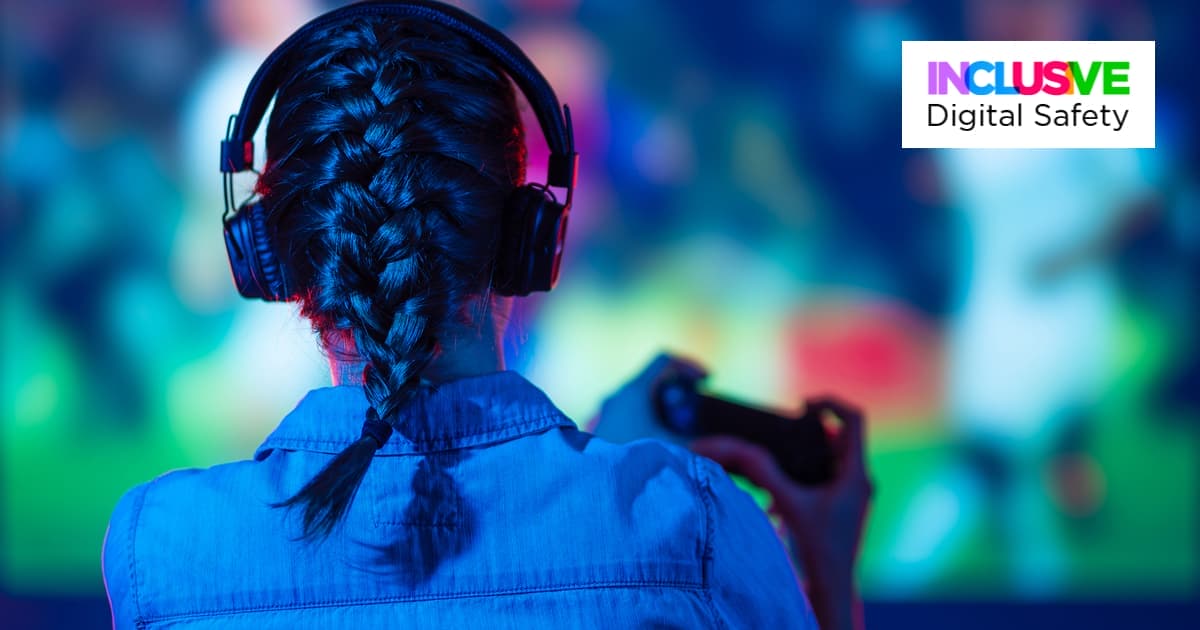If a child or young person is a victim of cyberbullying, they may find it hard to recognise it or to even tell you who is doing the bullying, so it’s important to:
Show them how they should respond
Encourage them to respond to any in-game abuse without aggression to avoid making the situation worse.
Tell them to challenge the behaviour and not the individual by saying for example “What you said really hurt / or upset me”.
Use tools to block and report abuse
If the abuse persists, make sure they can block and report the user on the platform. If they have a chat function enabled, it may be a good idea to mute or disable audio or text.
Tackle it offline
If they are being cyberbullied by someone they know offline, with the agreement of the child, you could ask them to address it face-to-face to ensure there is a resolution. If it’s someone at their school, there should be safeguarding measures in place that could help address the situation.
Get to know where they are gaming
It’s important to note that if a child is playing in environments where adults dominate, it may be considered acceptable to carry out certain behaviours so it’s important to be aware of the games they are playing.
Empower them to get to a resolution
Remind the child that they are not to blame for what is happening to them and that together you can resolve the situation. Ensure to make sure they do not isolate themselves from activities or friends depriving themselves of support systems they may rely on.












